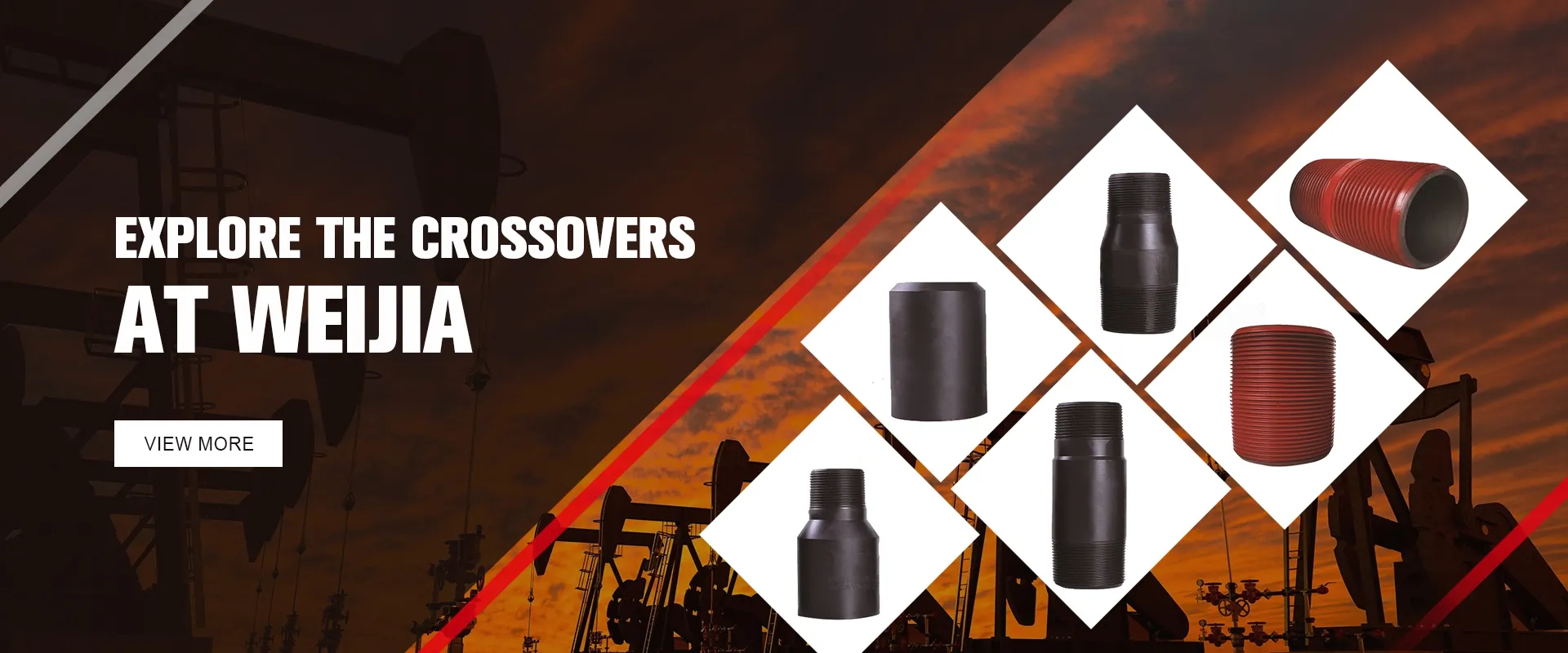- Afrikaans
- Albanian
- Amharic
- Arabic
- Armenian
- Azerbaijani
- Basque
- Belarusian
- Bengali
- Bosnian
- Bulgarian
- Catalan
- Cebuano
- Corsican
- Croatian
- Czech
- Danish
- Dutch
- English
- Esperanto
- Estonian
- Finnish
- French
- Frisian
- Galician
- Georgian
- German
- Greek
- Gujarati
- Haitian Creole
- hausa
- hawaiian
- Hebrew
- Hindi
- Miao
- Hungarian
- Icelandic
- igbo
- Indonesian
- irish
- Italian
- Japanese
- Javanese
- Kannada
- kazakh
- Khmer
- Rwandese
- Korean
- Kurdish
- Kyrgyz
- Lao
- Latin
- Latvian
- Lithuanian
- Luxembourgish
- Macedonian
- Malgashi
- Malay
- Malayalam
- Maltese
- Maori
- Marathi
- Mongolian
- Myanmar
- Nepali
- Norwegian
- Norwegian
- Occitan
- Pashto
- Persian
- Polish
- Portuguese
- Punjabi
- Romanian
- Russian
- Samoan
- Scottish Gaelic
- Serbian
- Sesotho
- Shona
- Sindhi
- Sinhala
- Slovak
- Slovenian
- Somali
- Spanish
- Sundanese
- Swahili
- Swedish
- Tagalog
- Tajik
- Tamil
- Tatar
- Telugu
- Thai
- Turkish
- Turkmen
- Ukrainian
- Urdu
- Uighur
- Uzbek
- Vietnamese
- Welsh
- Bantu
- Yiddish
- Yoruba
- Zulu
well casing coupler
Well Casing Coupler An Essential Component in Drilling Operations
In the realm of oil and gas exploration, the integrity and efficiency of drilling operations are paramount. One of the crucial components that ensure the seamless execution of these operations is the well casing coupler. These couplers play a pivotal role in linking different sections of casing pipes, thus contributing to the overall success of the drilling process.
A well casing is a series of steel pipes that are inserted into a drilled borehole to provide structural integrity and prevent the collapse of the well. Once the drilling reaches a specific depth, the well casing is typically installed to provide a stable environment for the production of oil or gas. As drilling operations proceed deeper, multiple segments of casing are required, necessitating the use of couplers to connect these segments securely.
Design and Functionality
Well casing couplers are designed to handle high pressures and harsh environmental conditions often encountered during drilling. They are typically manufactured from high-strength materials, such as carbon steel or stainless steel, which provide durability and resistance to corrosion. The design of these couplers is engineered to ensure a tight seal between casing sections, preventing fluid leaks that could compromise the well's integrity.
The coupler's functionality goes beyond merely connecting two sections of casing. It also helps maintain the alignment of the casing during the drilling process, ensuring that the wellbore remains straight. This is crucial for the efficiency of subsequent drilling phases, as misalignment can lead to complications that are both time-consuming and costly to rectify.
Types of Well Casing Couplers
There are several types of well casing couplers, each designed for specific applications and conditions. The most common types include box and pin couplers, slip-on couplers, and welded couplers.
well casing coupler

1. Box and Pin Couplers These are the standard type used in most drilling applications. The box end of one casing section fits into the pin end of another, providing a robust connection that can withstand significant axial and torsional loads.
2. Slip-On Couplers These couplers are designed to slide over the ends of two casing pipes, offering a simple and quick method of connection. They are often used in applications where high loads and pressures are not as critical.
3. Welded Couplers For applications requiring extra strength and permanence, welded couplers are used. These couplers are welded to the casing pipes, creating a solid bond that can enhance the structural integrity of the well.
Importance in Drilling Operations
The significance of well casing couplers cannot be overstated. They not only facilitate the efficient assembly of well casings but also ensure the safety and efficacy of drilling operations. A failure in the connection between casing pipes due to improper coupler installation or material defects can lead to catastrophic results, including blowouts or contamination of groundwater resources.
Furthermore, as the industry increasingly focuses on sustainable practices, the performance and reliability of well casing couplers contribute to reducing environmental impact. Properly installed and maintained couplers minimize the risk of leaks, thereby protecting surrounding ecosystems.
Conclusion
In summary, well casing couplers are vital components in the oil and gas drilling industry. Their robust design and essential functionality facilitate the safe and efficient construction of well casings, ultimately supporting the successful extraction of resources. As drilling technology continues to advance, the role of well casing couplers will remain integral in ensuring that drilling operations are conducted safely, efficiently, and with minimal environmental impact. As such, understanding their importance and function is crucial for professionals in the field.
-
Tubing Pup Joints: Essential Components for Oil and Gas OperationsNewsJul.10,2025
-
Pup Joints: Essential Components for Reliable Drilling OperationsNewsJul.10,2025
-
Pipe Couplings: Connecting Your World EfficientlyNewsJul.10,2025
-
Mastering Oilfield Operations with Quality Tubing and CasingNewsJul.10,2025
-
High-Quality Casing Couplings for Every NeedNewsJul.10,2025
-
Boost Your Drilling Efficiency with Premium Crossover Tools & Seating NipplesNewsJul.10,2025







